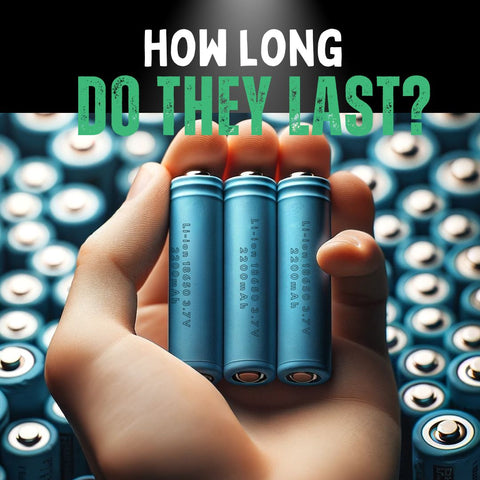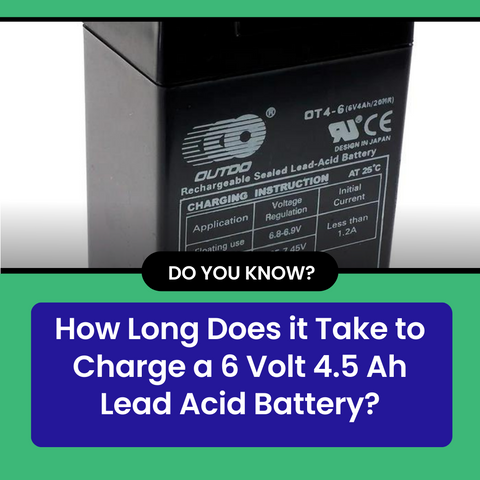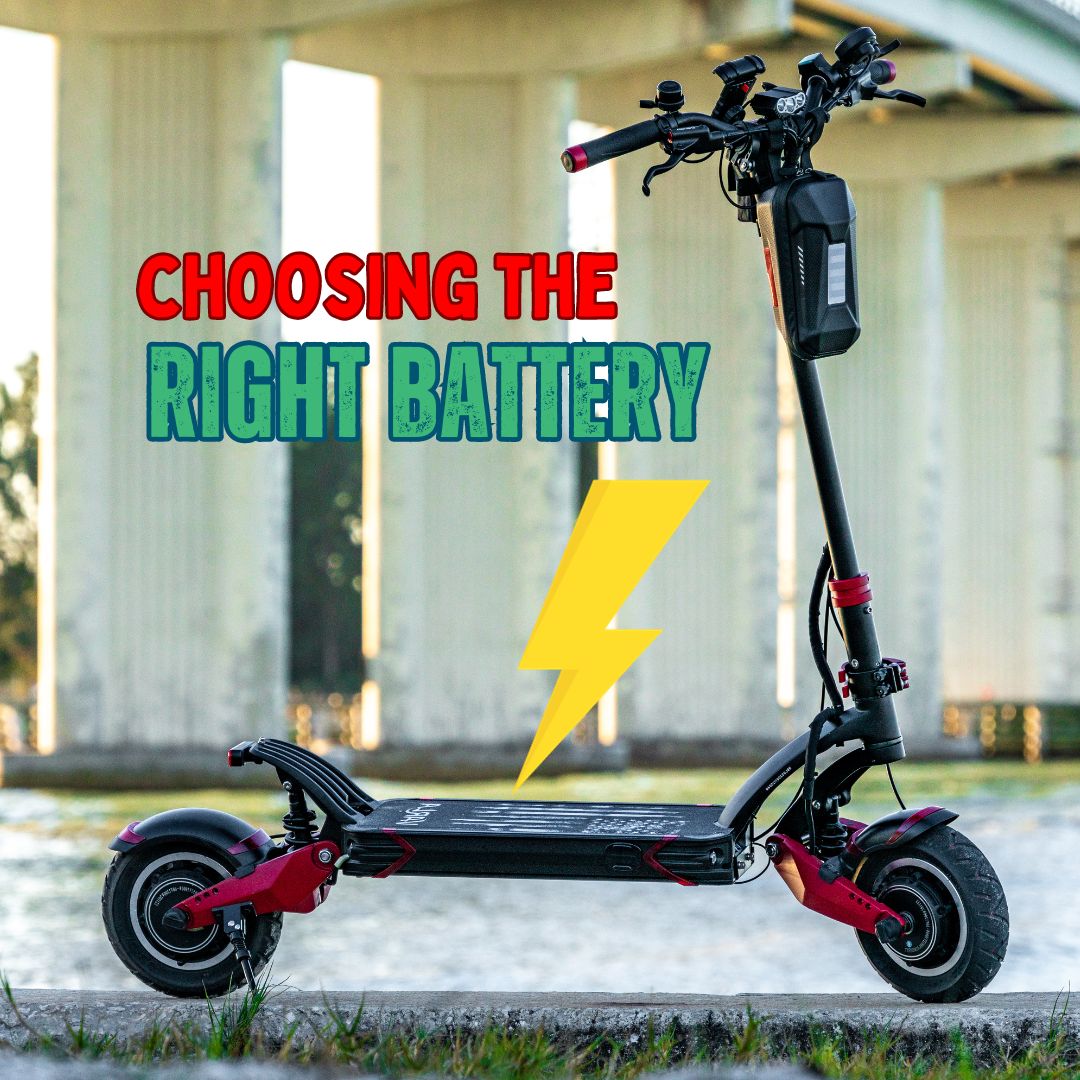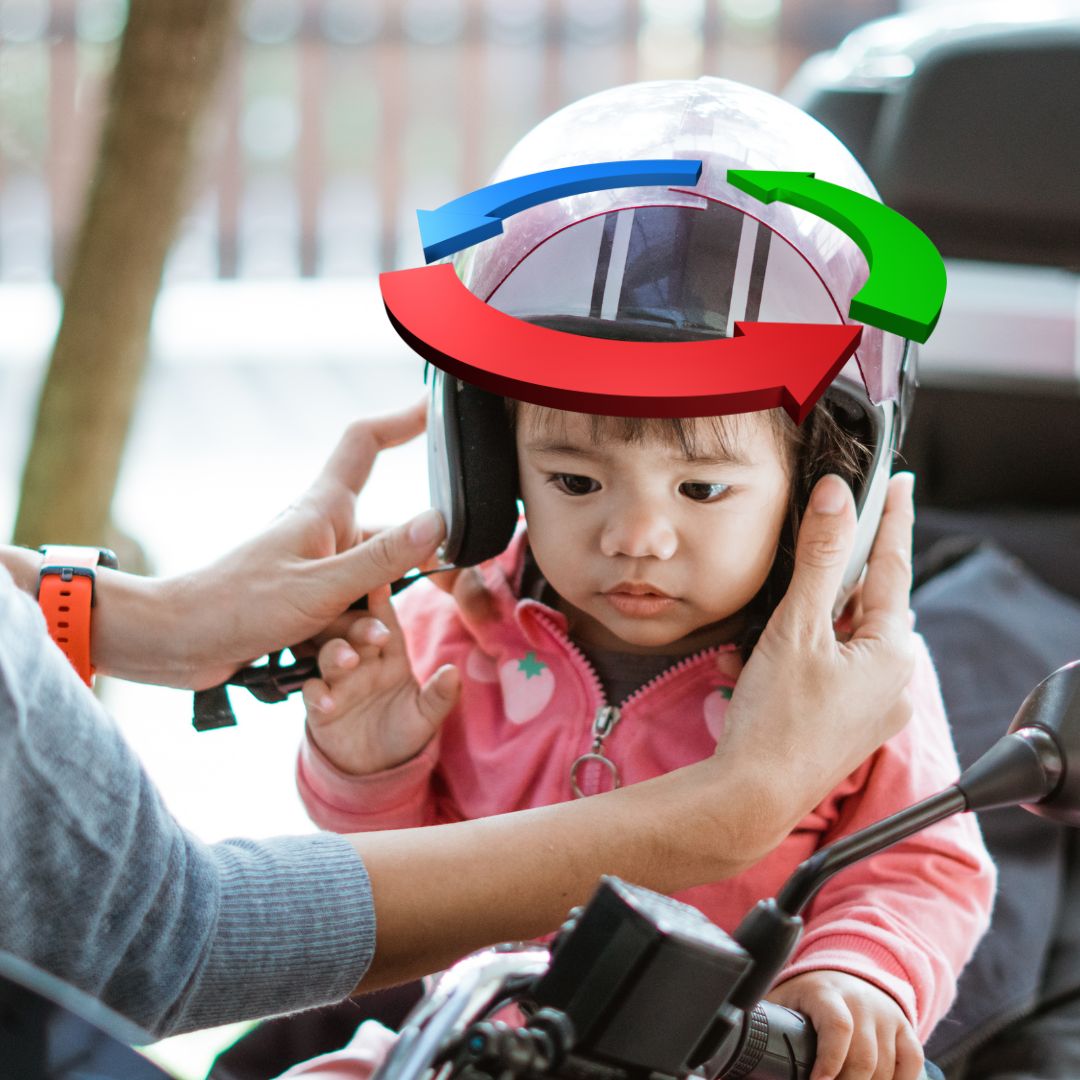
Updated: 20.05.25
Selecting the best battery for your electric scooter can transform your ride. A weak battery cuts your adventure short, but the right one—whether lithium-ion or lead-acid—delivers power, range, and reliability.
This guide explores electric scooter battery types, specifications, and charging tips to help you choose the best battery for your needs, from daily commutes to weekend cruises.
Discover top brands like Samsung and LG, and learn how to maximise battery life for safe, sustainable rides.
1. Understand Electric Scooter Battery Types
The first step to choosing the best battery is understanding the two main types used in electric scooters: lithium-ion and lead-acid.
Lithium-ion Batteries
Advantages:
- Higher energy density: Stores more energy per unit of weight, ideal for long rides.
- Lightweight: Enhances scooter portability.
- Long lifespan and low maintenance: Lasts longer with minimal upkeep.
- Efficient: Superior energy efficiency.
- Partial charge resilience: Maintains efficiency after partial charges.
- High voltage: Supports powerful performance.
Disadvantages:
- Diminished potency over time: Loses effectiveness after 500–1000 charges.
- Explosion risks: Mishandling can pose safety hazards.
- Deep discharge sensitivity: Avoid draining below 50%.
Related: How Long Do Lithium-ion Batteries Last?

Lead-acid Batteries
Lead-acid batteries, a time-tested option, remain viable for budget-conscious riders.
Advantages:
- Low cost: Affordable for budget-conscious buyers.
- Mature technology: Reliable and well-established.
- Efficient recycling: 97% recyclable, eco-friendly.
- Readily available: Easy to find and replace.
- High power output: Suitable for quick energy bursts.
- Easily rechargeable: Simple to recharge.
Disadvantages:
- Heavy: Impacts scooter portability.
- Low specific energy: Less efficient weight-to-energy ratio.
- Limited cycle life: Shortened lifespan with deep cycling.
- Slow charging: Takes 14–16 hours for a full charge.
- Storage requirements: Must be stored charged to avoid sulfation.
Related: How Long Does It Take to Charge a 6 Volt 4.5 Ah Lead-acid Battery?

| Feature | Lithium-ion Batteries | Lead-acid Batteries |
|---|---|---|
| Energy Density | Higher | Lower |
| Weight | Lighter | Heavier |
| Charging Time | Faster | Slower |
| Cycle Life | Longer | Shorter |
| Performance in Extreme Temperatures | More Resilient | Less Resilient |
2. Evaluate Battery Voltage and Capacity
Voltage determines your scooter’s power and speed, typically ranging from 24V to 60V in 2025 models, with high-end scooters reaching up to 120V. Higher voltage (e.g., 48V) suits long commutes or hilly terrains. Battery capacity, measured in Ampere-hours (Ah), affects range. A higher Ah rating (e.g., 15Ah) extends travel distance but increases weight. Balance capacity with portability, especially if you carry your scooter often. Match voltage and current to your scooter’s motor for safe, efficient performance.
3. Understand Battery Specifications
Battery specifications like voltage and capacity determine your scooter’s performance. Here’s what to know:
- Voltage (V): Ranges from 24V to 60V in 2025 models. Higher voltage (e.g., 48V) boosts speed and power, ideal for hilly terrains.
- Capacity (Ah): Measured in Ampere-hours, typically 7–20Ah. A 15Ah battery offers 20–30 miles of range, depending on weight and terrain.
- Watt-hours (Wh): Voltage × Capacity. A 48V, 10Ah battery = 480Wh, indicating total energy storage.
- Weight: Lithium-ion batteries (2–5 kg) are lighter than lead-acid (5–10 kg), affecting portability.
For kids’ scooters or budget models, a 24V, 7Ah battery suffices for short rides. Browse our electric scooters to match batteries to models.
4. Choose a Reputable Brand
Opt for trusted brands like Samsung, LG, or Panasonic for reliable, safe batteries. These manufacturers, popular in markets like India, ensure durability and performance. Verify compatibility with your scooter and follow manufacturer guidelines. A quality Battery Management System (BMS) is crucial, monitoring voltage, temperature, and current to prevent overcharging or overheating, enhancing safety and lifespan.
Explore our electric scooter accessories for compatible batteries and chargers.
5. Balance Size and Weight
Larger batteries offer greater capacity but add weight, affecting portability. If you carry your scooter upstairs or on public transport, prioritise lighter models. Consider your riding habits—daily commutes or occasional rides—to choose an appropriately sized battery.
6. Master Battery Charging for Optimal Performance
Charging your electric scooter correctly ensures longevity and efficiency, especially for high-performance models like Gotrax. Follow these tips to keep your battery in top shape:
- Use the Right Charger: Stick to the manufacturer’s charger or a compatible alternative to avoid damage.
- Avoid Overcharging: Unplug once fully charged to prevent degradation.
- Partial Charges: Recharge when the battery is at 20–30% for optimal lifespan.
- Cool Down First: Let the battery rest for 30 minutes after riding to avoid heat stress.
- Use Eco-Mode: Reduce strain by limiting power output on long rides.
- Charge Regularly: Frequent top-ups, especially for daily commuters, maintain battery health.
Charging times vary by model—Gotrax scooters typically take 4–6 hours for a full charge. Check our battery maintenance guide for more tips.
7. Maintain Your Battery for Longevity
Extend your battery’s lifespan with these tips:
- Avoid overcharging by unplugging once fully charged.
- Recharge before complete depletion.
- Store in a cool, dry place.
- Clean and maintain your scooter regularly.
- Use the correct charger.
Learn more in our guide on maximising electric scooter battery life.
8. Consider Environmental Impact
Lithium-ion batteries are more eco-friendly than lead-acid but require proper disposal. Recycle at designated centres, follow manufacturer guidelines, and adopt efficient charging habits to minimise waste. Choosing long-lasting batteries reduces replacement frequency, supporting sustainability.
9. Navigate Legal Restrictions
Check local regulations, as some areas restrict battery types or scooter power. Compliance ensures legal, hassle-free riding.
Frequently Asked Questions
What is the best battery for an electric scooter?
Lithium-ion batteries, like those from Samsung or LG, are the best for most electric scooters due to their high energy density, light weight, and long lifespan. They’re ideal for long commutes or hilly areas.
Which type of battery is used in electric scooters?
Electric scooters typically use lithium-ion batteries for performance or lead-acid batteries for affordability. Lithium-ion is preferred for its efficiency and portability, while lead-acid suits budget models.
How do I charge an electric scooter battery?
Use the manufacturer’s charger, avoid overcharging, and recharge at 20–30% capacity. Let the battery cool for 30 minutes post-ride, and use eco-mode to reduce strain. Charge in a ventilated area.
How long does an electric scooter battery last?
Lithium-ion batteries last 500–1000 charge cycles (2–5 years), while lead-acid lasts 200–300 cycles (1–2 years). Gotrax batteries typically last 3–4 years with proper care.
What are electric scooter battery specifications?
Key specs include voltage (24V–60V), capacity (7–20Ah), and weight (2–10 kg). A 48V, 15Ah lithium-ion battery offers 20–30 miles of range, ideal for commuters.
Conclusion: Choosing the best electric scooter battery involves balancing type, voltage, capacity, and brand with your mobility needs. Whether you ride a Gotrax or a kids’ scooter, a well-chosen battery ensures safe, efficient, and enjoyable rides while supporting sustainability. Compare models, charge smartly, and maintain your battery for optimal performance.





Share:
Do You Need Insurance For Electric Scooters in 2025?
Is It Worth Buying A Quad Bike In 2025?